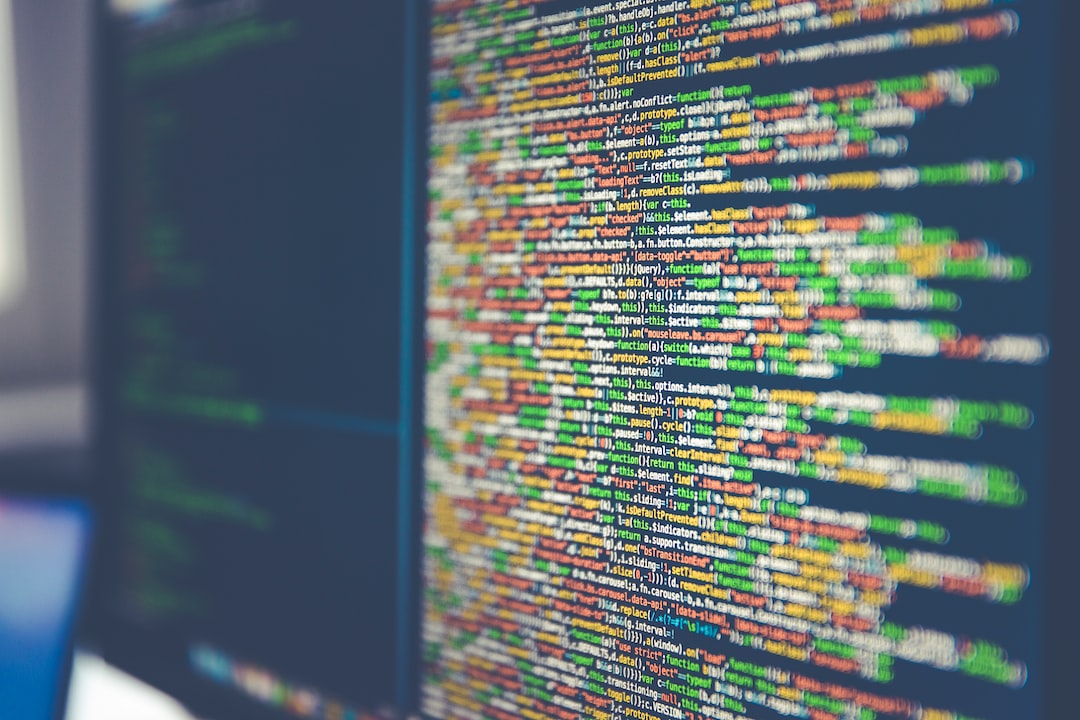PHP, short for Hypertext Preprocessor (originally Personal Home Page Tools), is a widely used server-side scripting language used primarily for web development and creation of dynamic web pages. PHP is embedded in HTML and allows interaction with databases and other server-side technologies.
PHP basics
PHP is open source and cross-platform, which means that you can run PHP code on different operating systems such as Windows, macOS, Linux, and Unix. The PHP code is executed on the web server and not in the user's browser, which means that the underlying source code is not visible to visitors to a web page.
Scripts written in PHP usually have the .php file extension and are often combined with HTML, CSS and JavaScript to create responsive and interactive web applications. PHP is especially popular among web developers due to its ease of entry and wide support from many web hosting providers.
Application examples for PHP
- Content Management Systems (CMS): PHP is the basis for many popular CMSs like WordPress, Joomla and Drupal. With PHP as the backbone, users can easily manage and update content without needing programming skills.
- E-commerce platforms: Web stores like Magento, WooCommerce, and PrestaShop use PHP to manage transactions and user experiences.
- Interactive web pages: PHP makes it easy to set up login and registration forms, user accounts, comment systems or forums on websites.
PHP and databases
PHP can interact with various database systems such as MySQL, PostgreSQL and SQLite. By using PHP, websites can gain access to databases to dynamically generate content or store information entered by the site's users.
Future of PHP
PHP is constantly evolving to meet the demands of modern web development. New versions are released regularly, with each release offering improved performance, security, and features. In web development, it is important to keep the PHP version up to date to ensure optimal website performance and security.




